In a recent Insight Into Liturgy concerning the Liturgical Movement a comparison was made between the eucharistic prayers found in the 1979 Book of Common Prayer and one written nearly two thousand years ago by Hippolytus of Rome, and their similarities were emphasized. One component of those rites or prayers is that of Anamnesis and Oblation. The Anamnesis is that part of the liturgy wherein the saving acts of our Lord, Jesus Christ, are recalled; and is defined from the ancient Greek as “reminiscence” and “memorial sacrifice”. These saving acts, to quote from eucharist prayer Rite I, are “his blessed passion, and precious death, his mighty resurrection and glorious ascension”. Like the eucharistic prayer Rite II and its several versions, it follows the Prayer of Consecration. Oblation, as defined in the Book of Common Prayer, is “an offering of ourselves, our lives and labors, in union with Christ, for the purposes of God”; and is based in Christ’s one offering of himself for our salvation. It is the celebrant, of course, who expresses these yearnings on our behalf.
In this “season of stewardship” it is worth noting that Oblation has both a broad as well as a narrow meaning. In the broad connotation it refers to any offering of money, as well as any gifts of the Holy Spirit we are equipped with for building up the Mystical Body of Christ, the Church. In the narrow sense it pertains to the elements of bread and wine, consecrated at the eucharist, which are synonymous with Christ’s self-oblation. At the Last Supper, Christ identified the bread and wine with his body and blood, and through our participation in the Liturgy of the Eucharist we are united with him, his oblation, his offering, his sacrifice on the cross for our salvation. Our oblation, as it were, is how we can use what “time, talent, and treasure” we are endowed with by the Holy Spirit to manifest and convey our thankfulness for Christ’s life-giving sacrifice for us.
Anamnesis offers another stewardship perspective. From Christ’s words at the Last Supper: “Then he took a loaf of bread, and when he had given thanks, he broke it and gave it to them, saying, ‘This is my body, which is given for you. Do this in remembrance of me.’” Among those things we are called upon to recollect or recall in this memorial prayer are the past events in a Christian community that are formative in our traditions, identity, and ethos. In other words, we are to look back on our heretofore imprint on St. Mary’s parish and the greater Southwest Florida area. And as we look back, we are tasked to ask: Has what we have offered through our stewardship, individually and collectively, fully met the “means test” of our resources and capabilities?
The importance of knowing our liturgy and its building blocks is important intellectually perhaps, but much more important is how it informs and nurtures our faith, spirituality, and discipleship. Anamnesis and Oblation offer two opportunities to express our call to stewardship in new and more deeply dynamic ways.

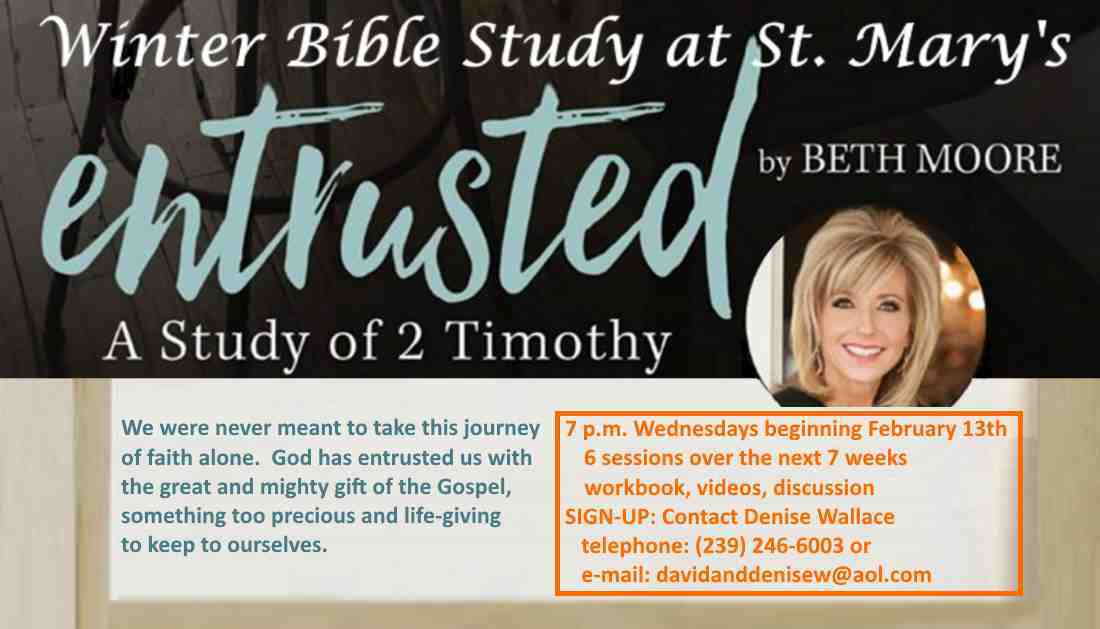
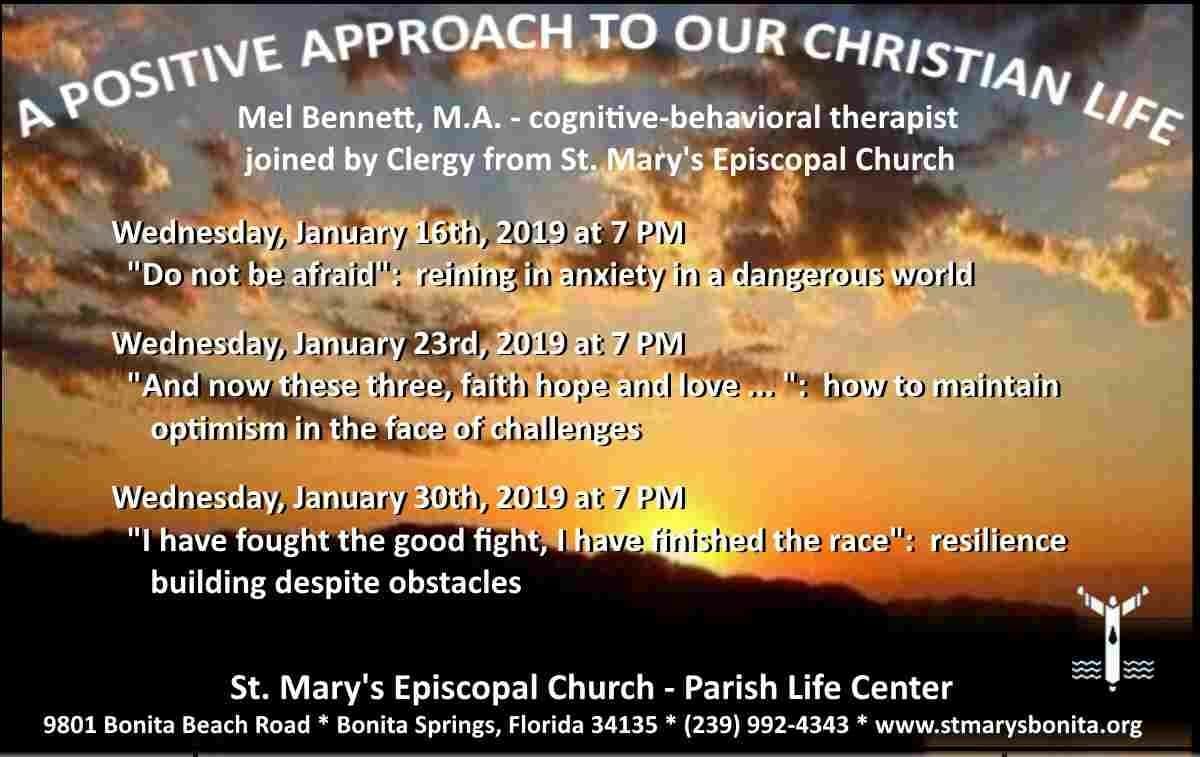
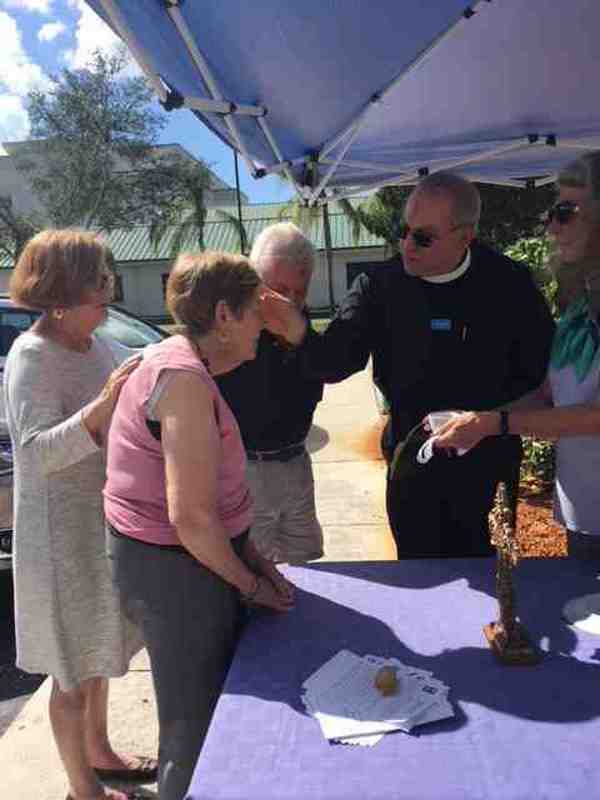
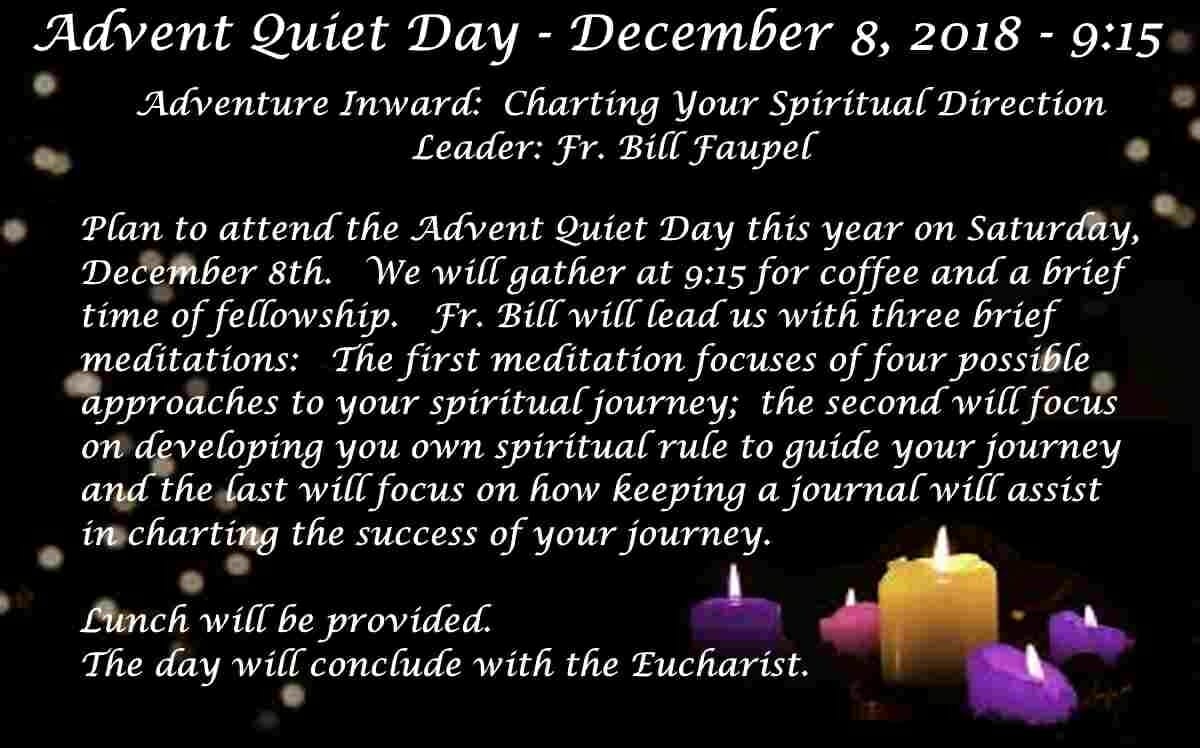
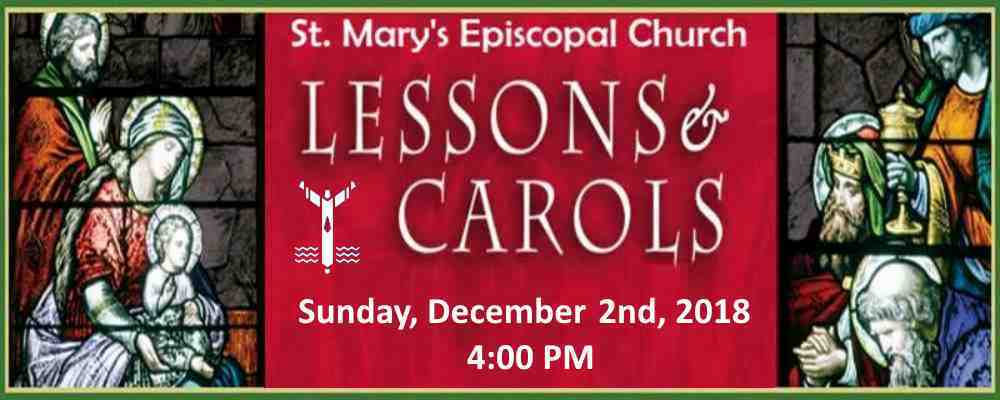

Leave A Comment